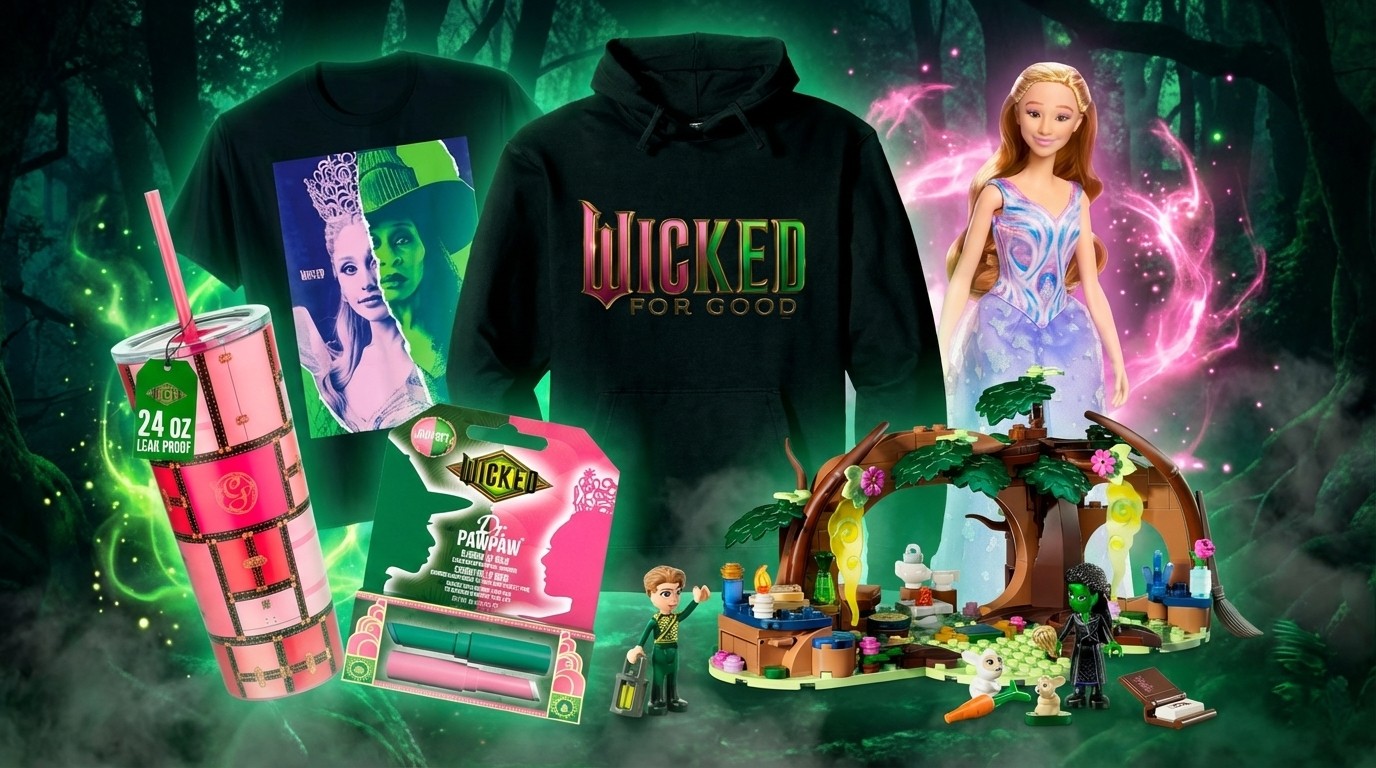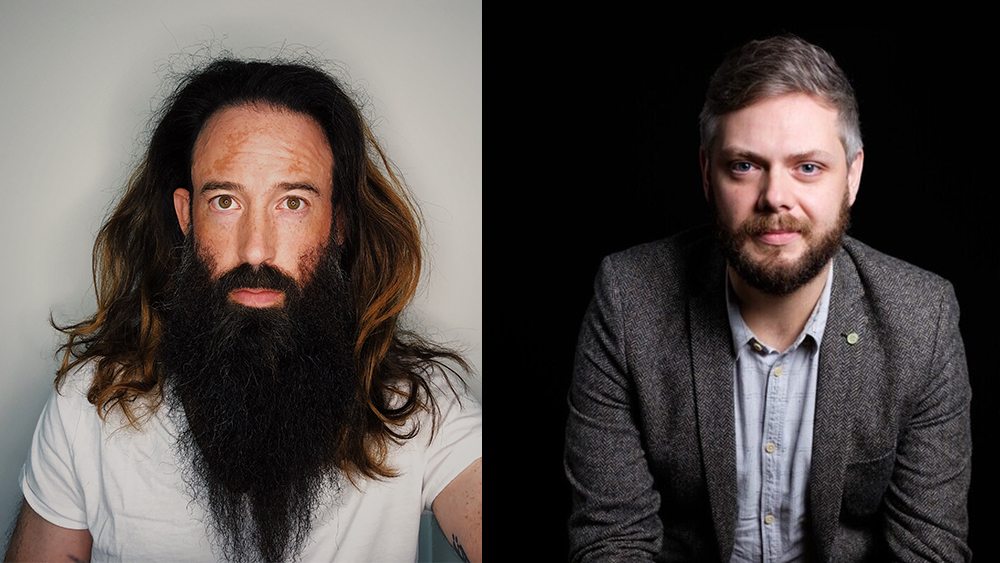
AI is transforming processes in all kinds of industries, which inevitably means we'll see more AI in branding and brand design. However, a lot of the discussion about the possibilities still feels abstract, leaving people wondering what practical uses the technology has for designers working on campaigns.
The most most visible face of AI at the moment tends to be generative tools like chatbots and AI image generators. But the team at digital innovation agency Rehab doesn't see these as particularly useful for brands today in their most generic forms. Where Rehab thinks AI can play a role is in ideation and audience validation at the very beginning of the creative process. I spoke to founder Tim Rodgers and Head of Strategy Callum Gill to learn more about what this really looks like.
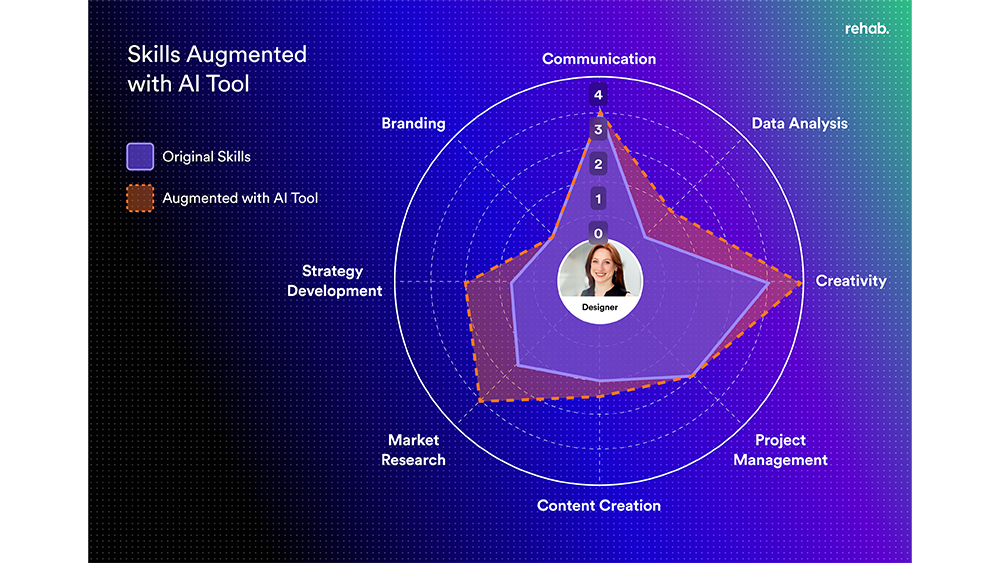
Many creatives will be happy to hear that Tim and Callum are skeptical about the usefulness of generative AI for producing final assets. Rehab is focusing on the earlier part of the creative process: the hours of research and strategy work that go into shaping a campaign and defining what the assets should be rather than how they should be made.
They realised that if you ask ChatGPT for an idea for a creative campaign, whatever it comes up has probably been done a thousand times before, which might be reason enough to immediately rule out it out. What they're doing is adding further training to create smaller bespoke AI models that are more relevant to a specific brand.
Tim and Callum expect the future of AI will see the generic public models get bigger, while brands use smaller private models that have been fine-tuned to generate ideas for the creative process. It's developed its own middleware called Daisychain, which orchestrates multiple large language models.
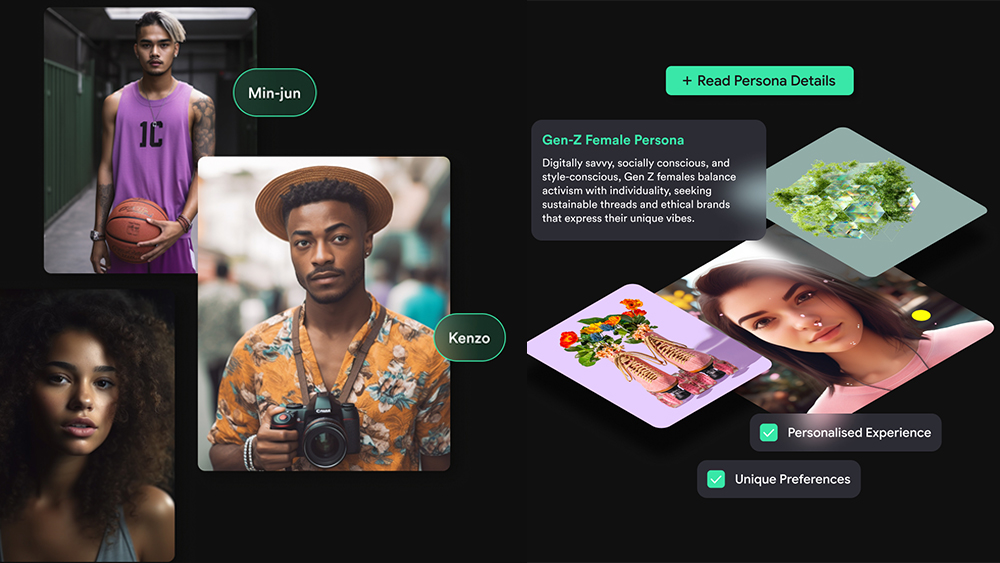
Rehab calls its tools an "unfair advantage" because they aim to give clients access to more intelligence than what their competitors have. This could be insights into trending topics on social media or the current interests of specific audiences. Putting this in the hands of designers, means designers become researchers. They'll be able to get quicker, more detailed insights into what an audience is doing, saying, eating and more.
"Humans are making so much data on so many different platforms that if you want to truly understand who you're designing for it's really difficult," Tim says. "But that's a super power of AI, which can dissect large data sets and help you to understand them."
Daily design news, reviews, how-tos and more, as picked by the editors.
The data needed to train bespoke models varies case by case. It can include public data, for example from social media, private static data like research documents, and real-time data. User feedback on the quality of the output is used to make the system better.
"Companies are sitting on a bunch of data that they own, they've created or they bought, and they're just not utilising it," Tim notes. "We've seen teams spend seven figures on research documents that go unread because they're large PDF documents and no one has the time to find the nuggets inside that research. But if we take those reports and train a model with it, you can just ask the questions."
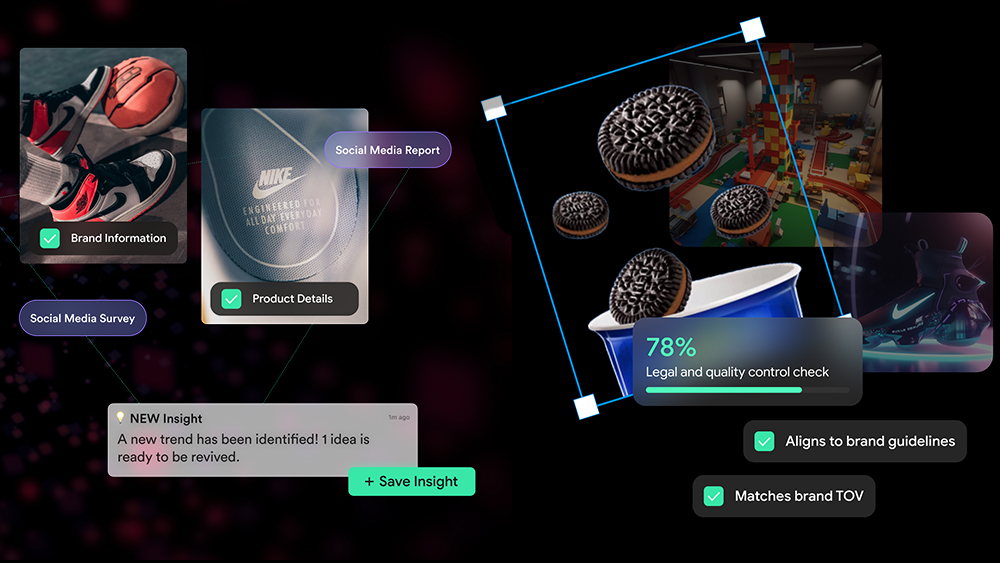
Tim's keen to point out that AI alone doesn't hold the answer, and Rehab's models aren't a black box that can spit out finished results. AI doesn't have the emotional intelligence for that. Rather it's a springboard for human designers. For example, a copywriter and art director might have a conversation with the AI to explore trends and find ideas for campaigns.
"What we do is not replacement but enhancement," Tim insists. "It's about creating a trained AI that works alongside your team. It's basically trying to leverage data. If your designers now have more visibility into what consumers want and are needing and can do that on a real-time basis, it's going to lift the quality of all of the work."
Callum suggests AI can also help designers respond to changing expectations. He says the main complaint he hears from everyone from researchers to creatives is not a lack of work or an inability to do the work, but the ability to keep up with demand, Work suffers because people are having to rush, so Rehab aims to give creatives a platform that provides more time to do the work by helping designers to avoid the wait for strategy and insight to confirm ideas.
"The expectations around the volume of work delivery have changed without the expectation around resources shifting that much, he says. "Lead times are getting shorter and shorter, so if we can empower teams to shortcut this part of the process, it leaves much more time for creatives that actually do the real creative work. How that comes to life is how the colour way is chosen, how the font is brought to life, how it looks in the various environments it's going to live in. While AI can do some of that stuff, we know it's not the best at it yet. It's not about taking jobs, it's about the people you've got being able to deliver more in the time frame."
As for the later stages of the creative process, Tim and Callum believe using AI to generate final assets remains risky, but they don't find this to be a particularly interesting area either. "Sure, we can put a dog on a skateboard on an infinite number of backgrounds, but who wants that?," Callum asks. "For us, it's more exciting to figure out what you should do rather than how you do it. Maybe it should be a hamster on the skateboard, perhaps that would resonate more with the target audience. That's the interesting part, more than how to produce that thing for less."
Ultimately, Rehab thinks all brands are going to be using this kind of technology to devise campaigns. "Whatever brand has this technology is going to be faster than their competitor that doesn't have it," Tim says. "And between these brands, you're going to see it in the actual work."
For more on the conversation about AI in branding, graphic design, game design and more, see our AI Week coverage.

Joe is a regular freelance journalist and editor at Creative Bloq. He writes news, features and buying guides and keeps track of the best equipment and software for creatives, from video editing programs to monitors and accessories. A veteran news writer and photographer, he now works as a project manager at the London and Buenos Aires-based design, production and branding agency Hermana Creatives. There he manages a team of designers, photographers and video editors who specialise in producing visual content and design assets for the hospitality sector. He also dances Argentine tango.
